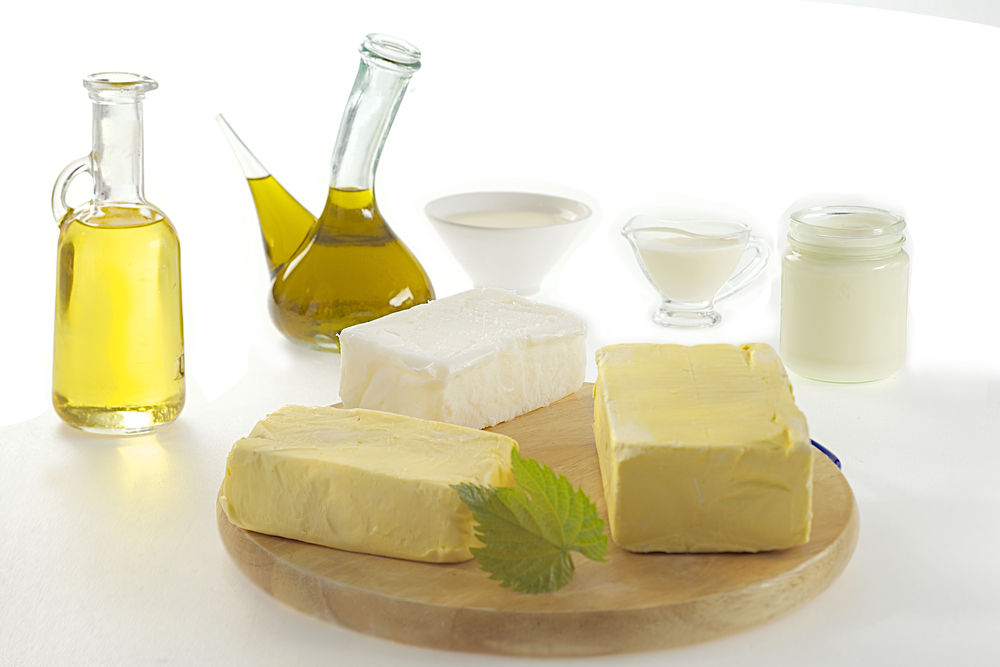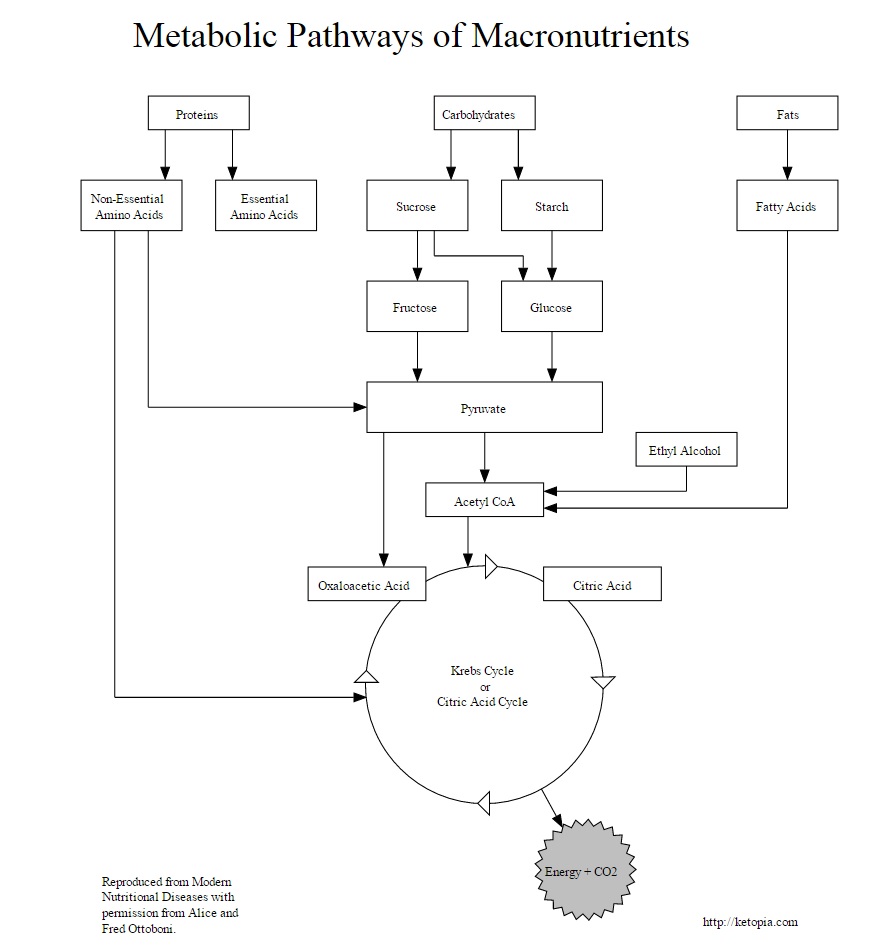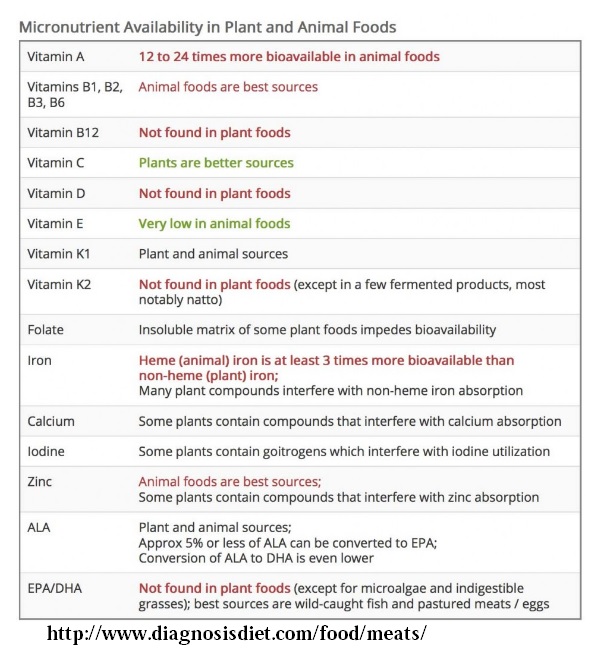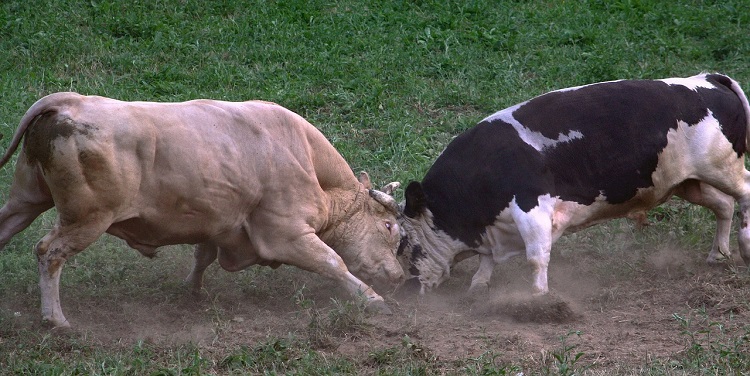Three seemingly random disparate points of observations merged into one coherent thought in my mind the other day. The first observation was from a 4-part Amazon Prime documentary series titled “Tribes”. The second observation was a sentence that stopped me in my tracks:
In the 1950s Arild Hansen showed that in humans, infants fed skimmed milk developed the essential fatty acid deficiency. It was characterized by an increased food intake, poor growth, and a scaly dermatitis (Wikipedia).
I bumped into this as part of my research during the third observation, which was my discovery that monounsaturated fatty acids, such as olive and avocado oil, as much as we are told how important and healthy they are for us to eat, are neither essential, nor particularly healthy.
These three seemingly independent points connect at a very important aspect of our life: what food is important and/or essential for us humans to eat, what and how did our ancestors eat, and the puzzling sentence about how babies experience two of the most common modern diseases: overeating and scaly dermatitis. And we know that these diseases also afflict a large percent of the adult population.
I start by reviewing the four documentaries I watched, then discuss the fatty acids, and conclude with the babies.
Tribes and Milk
The documentary visited four currently existing naïve tribes still living in their ancestral ways on their ancestral lands today, retaining as much of their traditional culture as possible. Each tribe is in Africa, near or in Kenya. These are Pokot (Children of the Nile in Bogoria), El Molo (Phantoms of the Lake), Turkana (Vampires of the Desert), and Rendille (Shadow Hunters).
Of these four tribes, none practices agriculture. They are nomadic or semi nomadic and three out of the four herd their own animals, including goats and cattle, and one tribe also herds camels. None of the tribes is permitted to hunt, except the El Molo is allowed to fish and if they catch a crocodile, they can eat it. The El Molo don’t herd.
Of these four tribes, I have only seen the Pokot tribe consume any carbohydrates (cornflour cooked with water) but consumed only by the women and only one night, when the circumcision of the 15-year old boy takes place and women that night are not permitted to eat meat. None of the other tribes consumed any plants, fruits, vegetables, nuts, under any other circumstances—although they did make herbal concoctions for the sick to consume.
Of the four tribes, the El Molo live in a place next to a salt-water lake where nothing grows, so their staples are fish and the occasional crocodile. They do some trading with herding tribes, so there was one scene in which dried fish was exchanged for milk.
The herding tribes live exclusively off of meat, blood, and milk. In fact, their daily staple is milk. They only eat meat when they slaughter their own animals, which typically occurs at times of celebration. They also drink blood by letting the animals bleed without killing them, taking only as much blood as they need to take for sustenance.
Why Milk?
Milk is a most nutritious food: this is why babies suckle. Milk contain all essential nutrients, vitamins, and minerals. Babies that nurse real mothers’ milk grow fast, are “chubby” healthy, and receive plenty of protection against various diseases.
The energy cost for human brain growth, which reaches 70% of all the energy the mother ploughs into her fetus during the brain growth spurt, is guaranteed by fat stores unique to humans amongst the primates.
If you ask, most modern doctors will tell you that milk is not healthy. Most people you ask will tell you that drinking milk as an adult is unnatural and that it doesn’t ever exist past infanthood. The list of anti-milk tirades is endless. And this seems to be true: the majority of people are said to be lactose intolerant as they grow into adulthood. According to statistics, 65-70% of adults are lactose intolerant. So it was fascinating for me to watch these four tribes, in which all members, from newborn to the very old, lived off of milk.
It is easy to accept that the tolerance for lactose reduces once someone stopped drinking mother’s milk, because keeping some enzymes ready to work when there is no need for them, is an inefficient allocation of energy that could be spent elsewhere in the body. But what if the lactose intolerance lies somewhere else? Such as in the cow milk protein variant A1 – associated with a mutated cow gene – which often causes gases, bloating, and other discomfort associated with lactose intolerance. The milk the tribes consume only contain A2 milk protein that does not trigger any discomfort in humans. Maybe the secret of lactose intolerance be simply the intolerance of the A1 protein?
Essential Versus Important
Genomic research has explained that DHA is responsible for transcribing over 170 genes required in brain development.
Before I jump into expanding on the subject of the essential nutrients in milk, and why whole milk—in particular—is of the highest essence, I need to cover the confusing meaning of “essential” when we discuss nutrients. In everyday parlance “essential” means “we must have it or else”, but when it comes to nutrition we have been bombarded with all kinds of confusing messages. For example, we have been told that eating whole grains is essential and eating meat is not essential. Yet, over the history of human evolution, the consumption of grains only appeared as a staple in the last, approximately, twelve-thousand years, when humans started to develop agricultural practices—while the consumption of meat had been the staple for millions of years. So not only is it illogical, but it is absolutely incorrect to suggest that something humans have evolved on and that has helped them become who they are today, is not only not essential, but is harmful.
The true meaning of something that is “essential” in nutrition, is that “you must eat it because the body cannot create it”. That is all. Let me elaborate on this with a couple of examples. When the body finds something extremely important for survival, evolutionary processes have ensured us the ability of being able to make it ourselves. So, for example, cholesterol and saturated fatty acids are so essential, that the human body has created and retained the ability to make these come rain or shine, no matter what we eat.
Basically, the ability that humans can make cholesterol and saturated fatty acids allowed humans to survive on an otherwise nutritionally weak grain diet. Although grains have plenty of nutrients in them, these nutrients aren’t available to humans by our digestive processes. Human digestive processes are perfect for eating animal products but are incapable of digesting plant fiber. Yet whatever nutrients are in the plants, they are in the fiber.
The human body is also extremely efficient and unnecessary functions are removed. Thus, nutrients that humans have always had access to in their diet, such as omega 6 and omega 3 (polyunsaturated) fatty acids, our body does not create and we must consume them—albeit in a very small amount. According to the NIH, the daily recommended allowance (RDA) of omega 3 fatty acid (O3) is 1.1-1.6 gr for adults—age and gender variable. Omega 6 fatty acid RDA (O6) is 11-17 gr a day, also age and gender variable. However, there is no agreement on the ratio of O6 to O3 fatty acid. While the RDA appears to suggest a ratio of over 10:1, many experts disagree and recommend anywhere between 1:1 to 4:1. Hence we don’t have a consensus on how much of either of these essential fatty acids we must consume, though we all agree that it is minimal.
What we do know is that animal fatty acids, particularly from grass fed and well-cared for animals, contain ample amounts of O6 and O3. Plants on the other hand don’t contain much O3 fatty acids, and whatever little amount they do contain is in a precursor (ALA) form, which cannot be used by humans without conversion. Humans are unable to convert ALA O3 to DHA, the animal form, efficiently. Studies show that the rate of ALA conversion to DHA is between 0%-4% in young men and up to 9% in young women. With age, this conversion rate further decreases.
Only one type of O6 and one type of O3 fatty acid is essential. In O6 we must consume Linoleic Acid and in O3 fatty acid we have a choice of three alternatives: ALA (plant form, precursor to DHA, discussed in the previous paragraph), EPA (animal form, precursor to DHA), or DHA (animal final form). So the animal form of O3 is the clear winner—animal form is found in fish in large amount, and to some degree in all animal meat, egg, and milk—particularly in organic milk.
Milk As a Nutritious Food
If you ask me about milk as food, I will tell you that milk is a super-food, rich in essential fatty and amino acids (proteins), low in carbohydrates, and a rich source of electrolytes, vitamins, and minerals; I call milk the “perfect meal”. I often have just milk (sometimes a bit of cream added) as a whole meal.
Finding information on the milk types these tribes drank is not easy in any Western database.
The data in the table below on camel milk was averaged between the many camel types listed. For goat, cow whole and skim milk the data was taken from the USDA database.
| Milk (100 gr) | Camel | Mature Human | Cow Whole | Goat Whole |
| Fat | 3.83 | 4.38 | 3.25 | 4.14 |
| Protein | 3.64 | 1.03 | 3.15 | 3.56 |
| Carbs (lactose) | 4.68 | 6.89 | 4.8 | 4.45 |
While this table doesn’t show O6:O3 ratio, it does show that milk from farm animals is an excellent source of nutrients and is quite similar in nutrient content to mature human milk. Note also that mature human milk contain more fat than any other milk listed in the table. Fat is healthy and it allows newborn babies their fast brain development. Since the brain is mostly fat and cholesterol, drinking high-fat milk with high cholesterol is great source of nutrients for human babies.
Some Milk Problems
With all the good things I have noted about milk, it can also have downsides. Some babies are lactose intolerant—they are also unable to nurse as a result. Obviously, in cases like this, milk needs to be substituted with an appropriate and nutritionally equivalent fluid.
Some babies—as well as adults—complain about getting a stuffed up feeling in their head, sinus pressure, perhaps phlegm building up. These are reactions to the mutated milk protein in cow milk. Human milk, camel, and goat all contain the ancient A2 milk protein, but most cows around the Westernized world today produce milk that contains a mutant A1 protein as well, so their milk protein profile is A1/A2. Milk cartons/bottles are usually stamped with A1/A2 so you can tell what you are buying.
Should you find that you cannot tolerate this mutant protein, try milk that contains only A2 milk protein. To this date, all goat milk is still A2, and they are readily available everywhere. In addition, all Guernsey and some Jersey cows produce A2 protein milk. There is also a brand called A2, which only carries A2 milk.
Raw milk contains much more nutrients than pasteurized milk, but they come with health risks and also they are not legal in every state. Look around and consider trying A2 protein milk, and enjoy the healthy dose of fatty acids you receive.
We Need Your Help
More people than ever are reading Hormones Matter, a testament to the need for independent voices in health and medicine. We are not funded and accept limited advertising. Unlike many health sites, we don’t force you to purchase a subscription. We believe health information should be open to all. If you read Hormones Matter, like it, please help support it. Contribute now.
Yes, I would like to support Hormones Matter.
The article was published originally on September 21, 2020.








